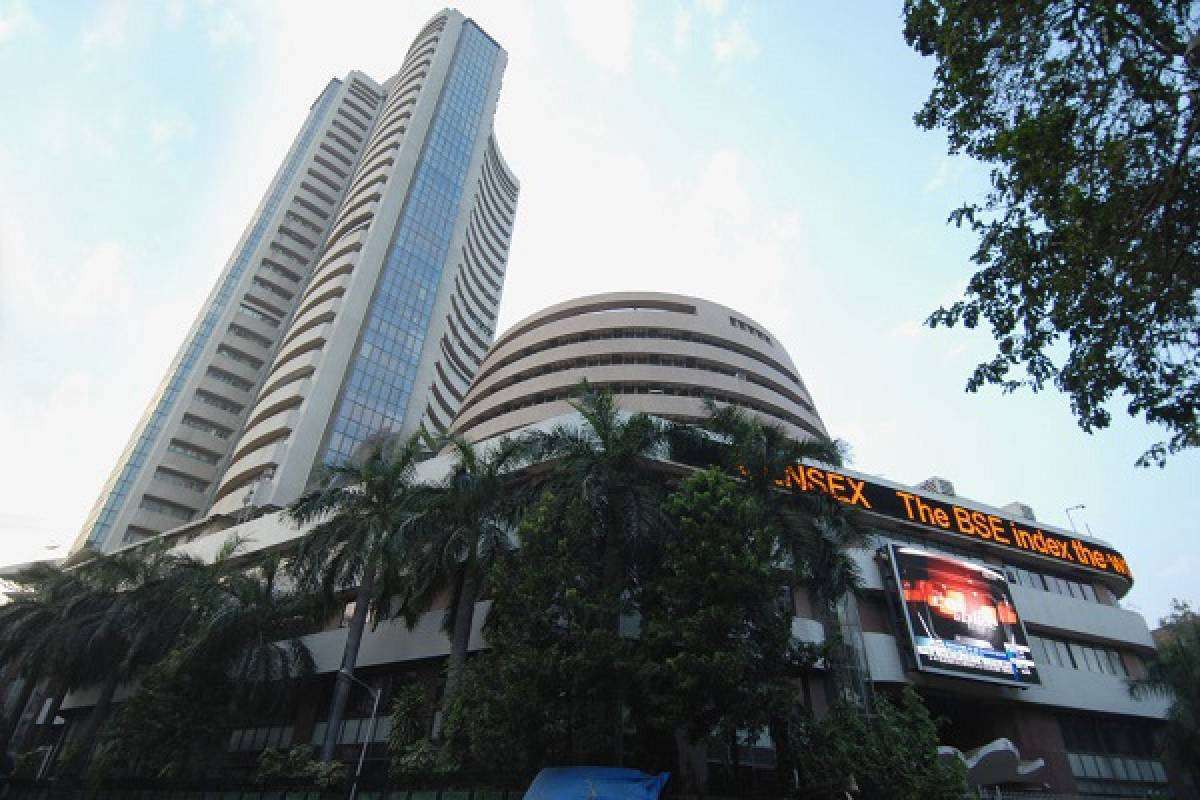BSE Indices: Tracking Performance and Market Sentiment

Stock exchange units are home to numerous shares. However, you can imagine how chaotic it can be to monitor the price movements of every share. Here comes the significance of indices. They are curated carefully with the top influential and meaningful shares.
The Bombay Stock Exchange is one such unit that contains multifarious indices based on quantity and sectors. Among those, Sensex is undoubtedly the flagship product, along with many others.
But what are the objectives behind creating BSE indices? Moreover, how do they fulfil their objective? Read the article to learn more about the various indices and their significance in the stock market. Scroll down for more information.
BSE Indices And Their Influence Over The Stock Market
In this section, you will come across four dominating indices of BSE. The market movements can create quite a stir in the stock market. This section will also explain how to track their performance and association with market sentiment.
- S&P BSE 100: This index deals with the top 100 liquid companies. The S&P BSE 100 has a diverse portfolio.
- S&P BSE 200 is a benchmark index comprising large and mid-cap shares from multiple sectors. The S&P BSE 200 is paramount to tracking the top-performing shares.
- S&P BSE Sensex: Unlike the other measuring tools, the Sensex is a tradable share. It contains the top 30 shares and represents the overall market sentiment.
- S&P BSE 500: The S&P BSE 500 handles with 500 shares encompassing about 20 industries. It dominates about 93% of the total market capitalisation.
The information rendered above validates the importance and influences of the indices in the stock market. Let us now see how to track and analyse their performance and comprehend the market sentiment.
● Tracking Performance
Each of the stocks present in these indices is accountable for the fluctuation of the indices. Generally, external stimuli like geopolitical events, natural calamities, pandemics, etc., substantially influence share prices.
Additionally, several corporate actions, like mergers and acquisitions, dividend announcements, expansion, etc., contribute generously to price fluctuation. This leverage of each of the stock prices brings about the ultimate change.
For instance, if there is a surge in fuel prices, the oil and natural gas sector will witness an increase in share prices. Hence, if the indices contain a considerable sector weightage, they will also succumb to the fluctuation.
Hence, to track indices closely, you must remain updated with the ongoing events worldwide since many foreign investors are in the Indian market. In fact, you must also be well-versed in global activities like voting, the change of the reigning body, tax implications, etc.
However, conducting qualitative analysis is the best way to monitor a company’s corporate actions. Moreover, you can also refer to their annual reports and other historical data to acquire a prior understanding of the share movement.
● Market Sentiment
You might be wondering, amidst all this, how exactly is market sentiment associated? Considering the ongoing activities, this is a tool to comprehend whether a particular share or sector will be bullish or bearish. Moreover, it also determines the trend of the overall financial market.
For instance, demonetisation in India was quite an intimidating event. The market sentiment was considered bearish since the Sensex crashed almost 1689 points, and the rupee was devalued. Moreover, people, including various foreign investors, were withdrawing funds from the Indian market.
Another instance was the pandemic. Healthcare and pharmaceutical companies saw a sharp rise in share prices due to the surging demand for healthcare amenities. Here, the market sentiment for those sectors was bullish. Hence, investors invest generously in indices holding considerable weight in that sector, like S&P BSE Healthcare.
Parting Thoughts
The BSE indices are benchmarks that help to grasp an improved and detailed understanding of the market. Investors must constantly research and examine critically before pledging their funds on the indices. The best way to do this is to select an app like Motilal Oswal’s Research 360 to track these indices minutely.




